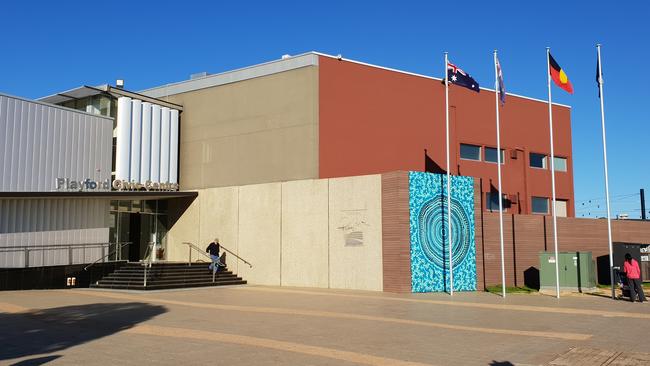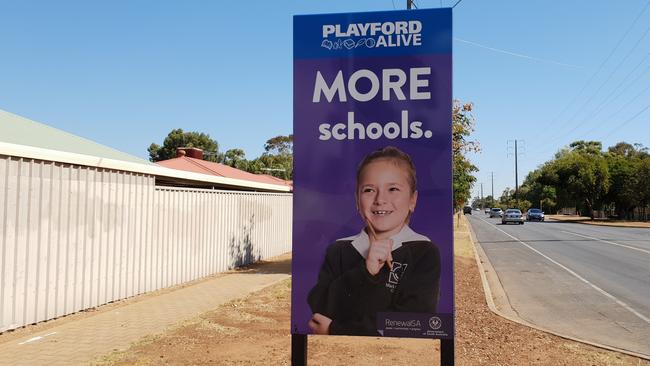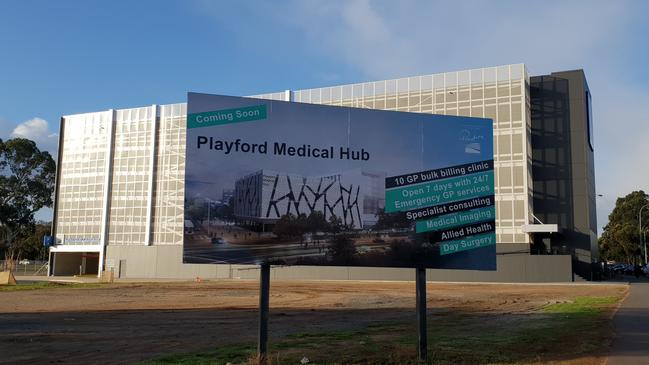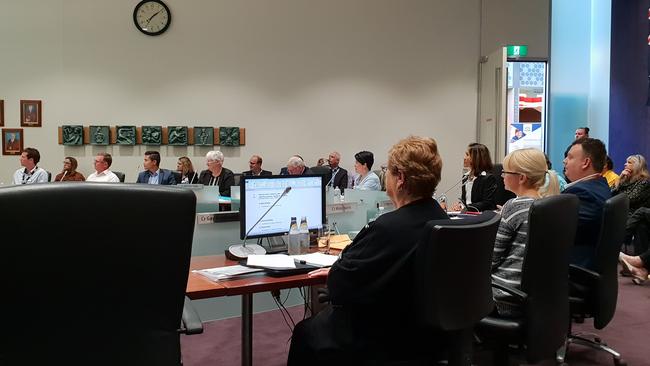Playford Council embarks on new strategy to reduce its $140 million debt
South Australia’s most indebted council has compared its $140 million debt to poor households using credit cards – spending more than they earn and living beyond their means.
North & North East
Don't miss out on the headlines from North & North East. Followed categories will be added to My News.
- Playford Council earns $1884 from $8.5m carpark
- How to make the most out of your Advertiser subscription
Playford Council is developing a marketing strategy to explain to ratepayers how it accumulated a $140 million debt – and what it is doing to reduce the financial burden.
It also is planning to sell assets – such as surplus land – in a bid to raise money.
The council has returned to an operating surplus after spending hundreds of millions of dollars in recent years across northern Adelaide as housing within the region rapidly expanded.
In a report requested by elected members, staff have detailed how the council not only had to provide new roads, footpaths, stormwater drainage, street lighting and public reserves in new suburbs created by government land releases but was forced to borrow to upgrade infrastructure in ageing areas such as Elizabeth.

The report does not mention in detail the cost of an ambitious plan under former chief executive Mal Hemmerling and Mayor Glenn Docherty to revitalise the northern suburbs with major capital projects including a sporting complex, medical precinct and shelved ice arena.
“We know that some parts of our community are concerned about the City of Playford’s finances,” it said.
“Council has been working hard to address these concerns, developing a clear plan to become financially sustainable.”

The report said Playford’s debt – the biggest in local government in the state – originated with $20 million owed by Munno Para Council and Elizabeth Council when they were forced to amalgamate in 1997.
“For many years, the City of Playford then continued to operate with deficits – spending more money to fund everyday operations than there was income to pay for it,” it said.
“Council borrowed money to cover day-to-day operations, like a family using a credit card to pay for its weekly groceries, without having a wage to pay it off.
“Council also borrowed money to build new community assets like sports clubs, roads and community centres.”

The staff report said while “good debt” could provide facilities for immediate community benefit, it wanted “to get rid of historical, bad debt” which cost millions of ratepayers’ money to service.
“But we can’t just keep rating the community to pay our way out,” it said.
“There are two parts to addressing this – through achieving surpluses and repurposing assets.”
Long-serving councillor Marilyn Baker – who is acting mayor while Mr Docherty is on leave – said the council was committed to reaching financial sustainability.
“We’re already seeing positive outcomes, including a break-even position for the 2020-21 budget,” she said.
“Break even and surplus positions are a key part of our approach.
“We’ve reached that point now and will continue to keep this objective at the forefront of our decision making.”

Mrs Baker said by repurposing assets, the council “will look to deliver strategic community outcomes.”
“We are in a unique position, with rapid growth in new areas combined with ageing infrastructure in older areas putting pressure on council resources to meet high demand,” she said.
“In South Australia, the legislative environment places pressure on councils to fund up front, expanding community infrastructure and then recoup costs via new rates over decades and with limited developer contributions.”
Mrs Baker said Playford Council would continue “to deliver services and assets that support the growth and renewal of the city”.
The debt strategy report will be presented to a council meeting on Tuesday night.

